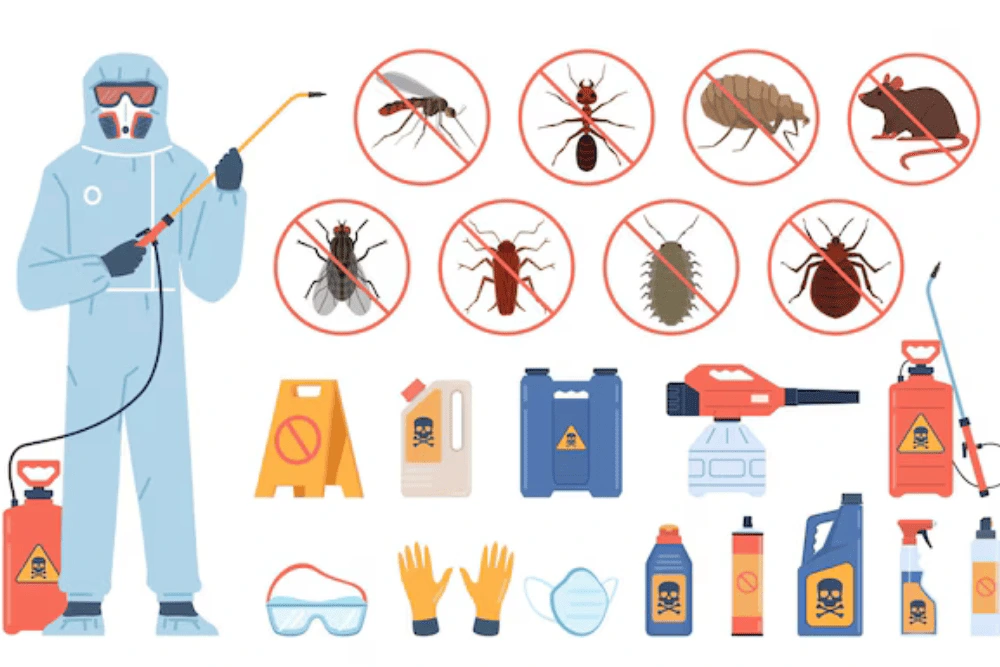In fast-growing cities like Dubai, pest problems are a common concern for both homeowners and businesses. While many focus on regular cleaning and pest sprays, one of the most overlooked causes of infestations is small structural gaps. These tiny openings—barely visible—can be the main reason pests find their way into your indoor spaces.
Why Small Openings Are a Big Deal
You might assume your property is secure, but pests don’t need much space to enter. Rodents can fit through holes as small as a coin. Cockroaches, ants, and spiders need even less. These gaps are often found near doors, windows, plumbing lines, and wall joints.
Once pests gain entry, they begin nesting in hidden areas such as behind appliances, in wall cavities, or under floors. They reproduce quickly and soon become a serious problem, affecting your hygiene, comfort, and even structural safety.
Common Entry Points to Watch Out For
Insects are quite good at spotting secret passageways inside buildings. The following are a few of the most typical ways they enter:
- Cracks in foundations, walls, and ceilings
- Gaps under doors and around windows
- Openings around plumbing or AC pipes
- Loose or missing weather stripping
- Damaged vents or uncovered drains
- Spaces behind cupboards or under sinks
Routine inspections of these areas can help you catch issues before they lead to infestations.
The Risks of Ignoring Small Gaps
What begins as a minor gap can lead to serious consequences:
- Termites may enter through cracks and damage wooden structures
- Cockroaches can spread bacteria and cause allergies
- Ants can contaminate food and establish colonies inside walls
- Rodents may chew electrical wires, posing a fire risk
- Mosquitoes and flies can breed in moist, open areas and transmit disease
Once these pests settle inside, DIY methods often fall short. That’s when professional help becomes essential.
Steps to Prevent Pest Entry
You don’t need a full renovation to block pests—just a few smart prevention strategies:
✅ Seal Entry Points
To seal obvious cracks and holes, use silicone caulk, mesh screens, or foam sealant. Steel wool is ideal for places where rodents are common.
✅ Maintain Doors and Windows
Install door sweeps, repair broken seals, and replace damaged screens. This alone can stop many pests from entering.
✅ Fix Leaks and Control Moisture
Water attracts insects. Repair any plumbing issues, especially under sinks or in basements.
✅ Keep Indoor Spaces Clean
Store food in airtight containers, empty garbage bins daily, and clean up spills immediately.
✅ Inspect Outdoor Areas
Trim shrubs, clean gutters, and remove clutter near walls. Pests often hide outside before making their way indoors.
When to Call a Professional
If you notice signs of pests even after taking preventive steps, it’s time to speak with an expert. Pest control professionals in Dubai offer targeted treatments, seal potential entry points, and provide expert guidance tailored to your environment.
For instance, rodent control Dubai services focus not only on removing existing rodents but also on identifying how they entered and how to prevent future invasions. Many companies now use eco-safe, low-risk methods to protect your health while effectively solving the problem.
Final Thoughts
It’s easy to overlook small cracks or gaps around your home or office, but they could be the reason pests keep returning. By taking early action, sealing entry points, and maintaining cleanliness, you can reduce the risk of infestation and maintain a safer, healthier environment.
And if the situation goes beyond prevention, don’t wait. Get support from experienced pest control professionals who understand Dubai’s climate, building styles, and pest behavior. Whether it’s safe ant treatments or complete rodent pest control, early intervention is the key to lasting peace of mind.

